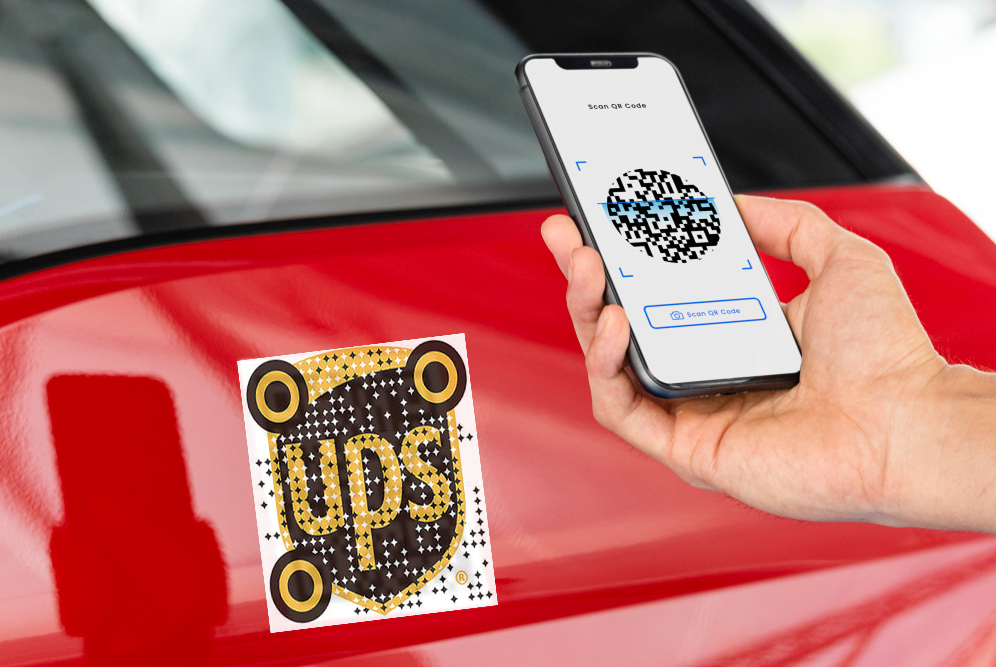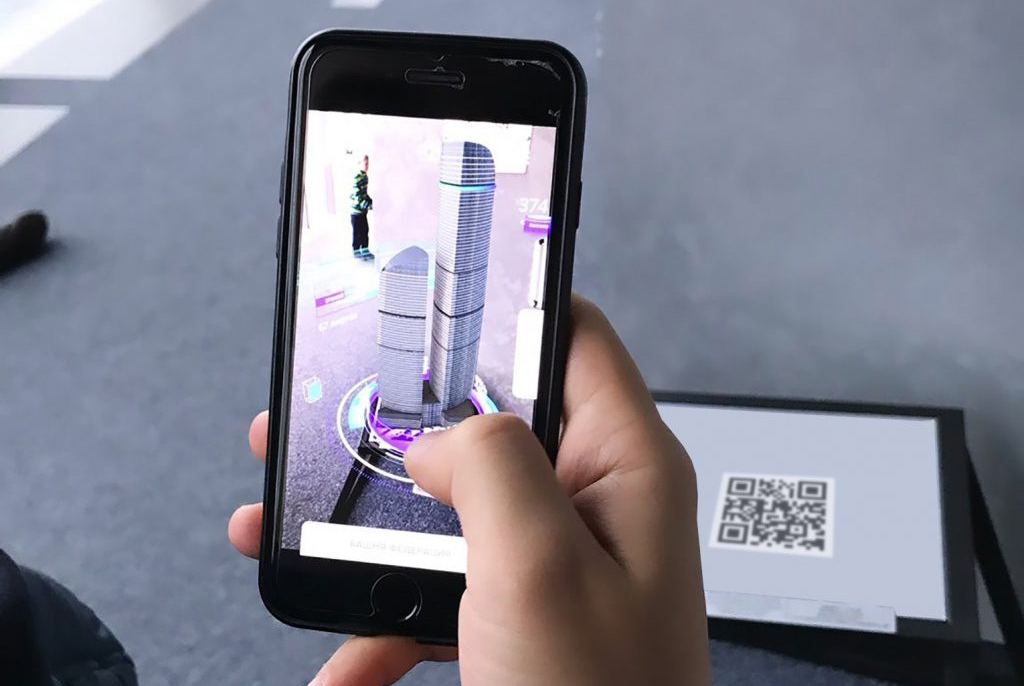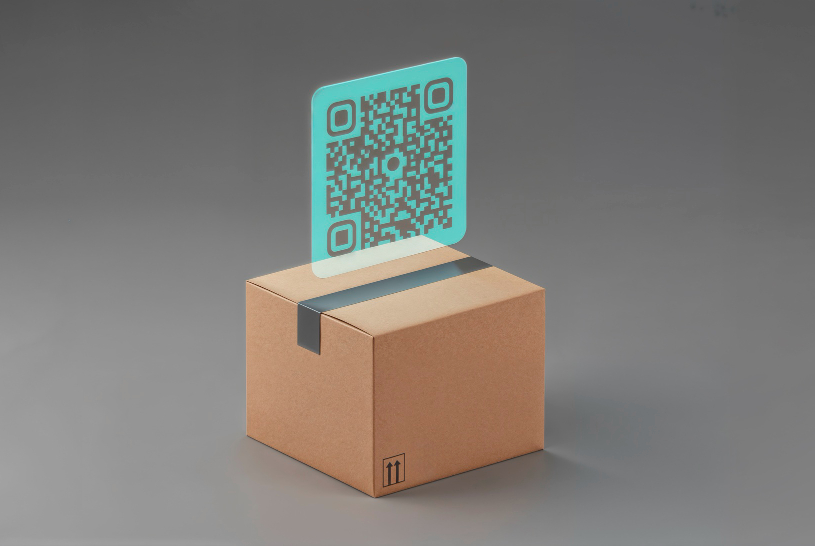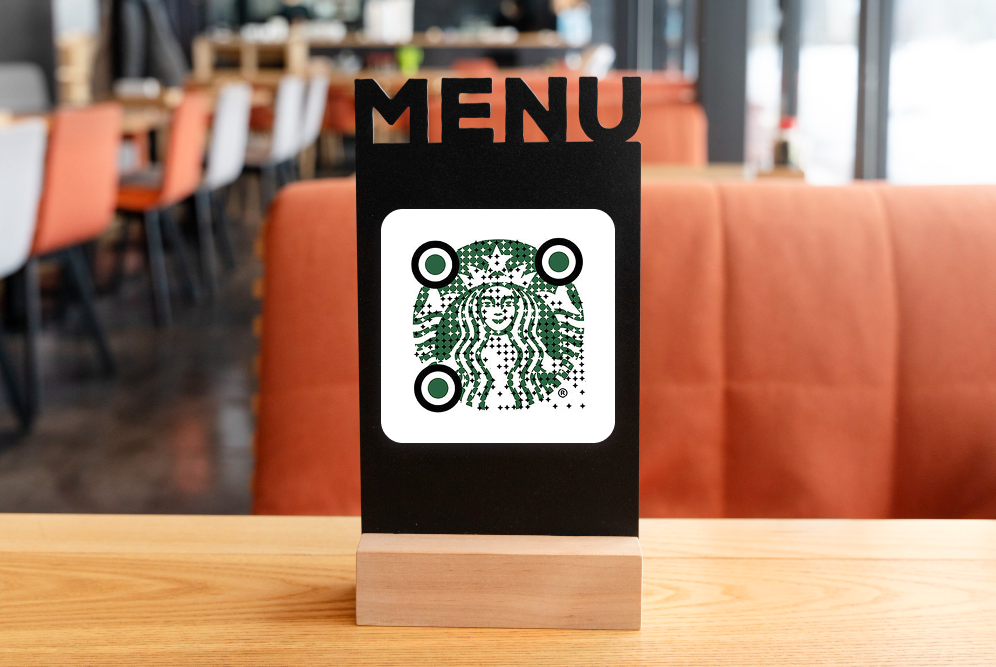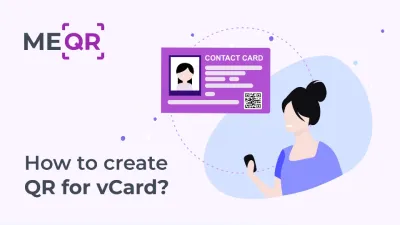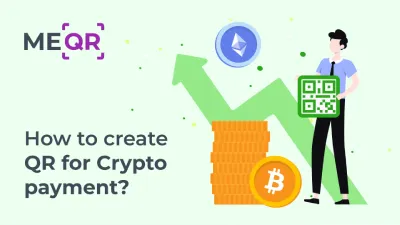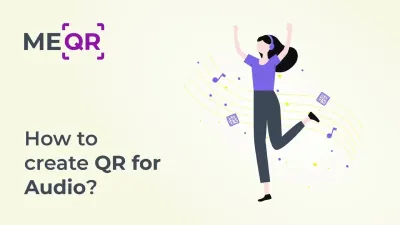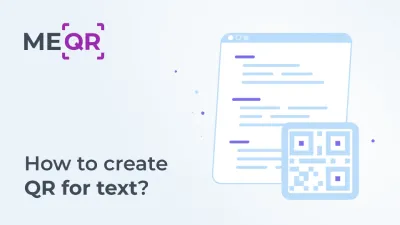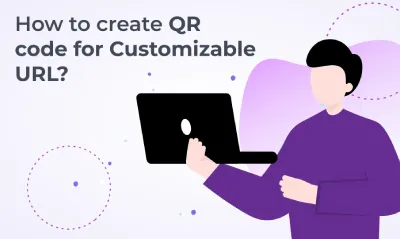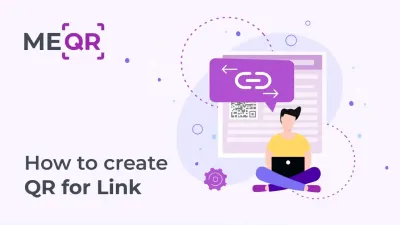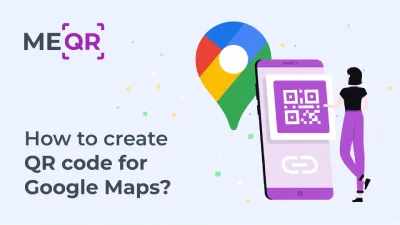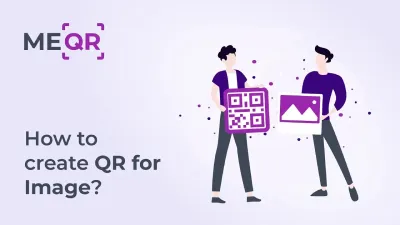What Are QR Code Billboards?
QR code billboards are essentially traditional billboards infused with QR codes, creating an interactive bridge between the offline and online worlds. These billboards feature QR codes that passersby can scan using their smartphones, offering them instant access to digital content.

Enhancing Engagement with QR Codes
QR codes on billboards encourage engagement in a way that static ads can't match. When people see a billboard with a prominent QR code, curiosity often prompts them to scan it. This immediate interaction opens up a world of possibilities for marketers.






